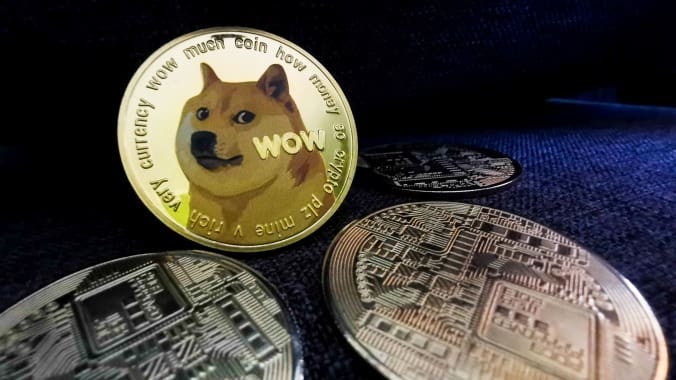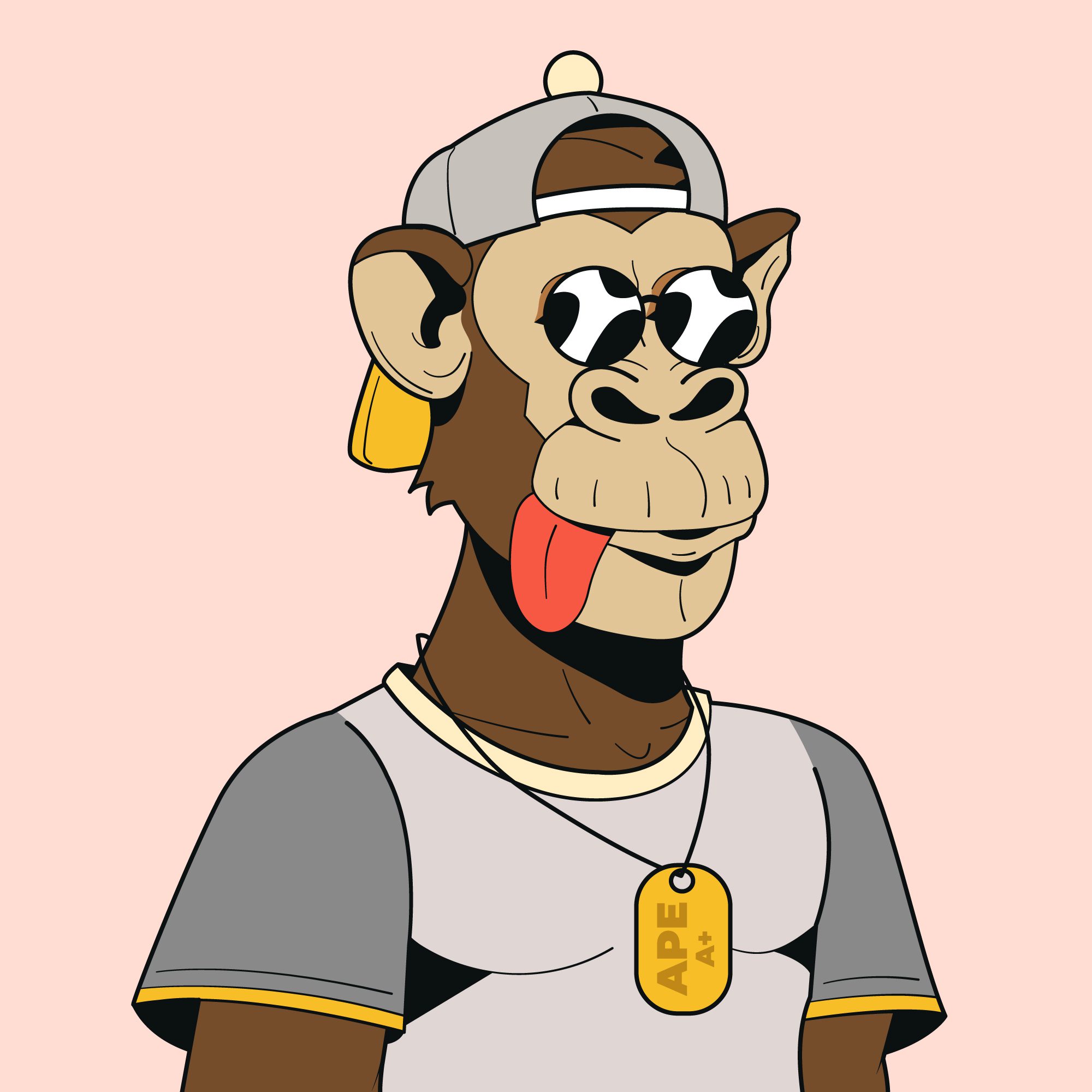Table of Contents
The crypto world is basically the Wild West, full of big dreams and even bigger risks. On one hand, you have coins that do something and hold real value. Conversely, you have everything else: coins that exist for the hype, but do nothing: all talk and no substance.
Hype blows up out of nowhere, prices skyrocket, and just as quickly, they crash. Enter: shitcoins. Shiny on the surface, but empty underneath. They look promising enough to pull you in, until you lose your money.
In this guide, we’ll explain what shitcoins are, how they work, and how to spot one before it drains your wallet.
What are Shitcoins?

it feels a bit harsh to call anything “shit,” but in this case, the label fits a little too well.
Not all coins are created equal. While Bitcoin and Ethereum have earned their place at the top, there are thousands of others floating around. Some are only sparkly at first glance with no real value, no clear purpose, and often zero long-term potential. These are what the crypto crowd calls shitcoins.
Although the term often gets used unfairly to describe any cryptocurrency that isn’t Bitcoin, not every altcoin is a shitcoin. Altcoins are simply coins that try to improve on Bitcoin, and some offer real value. Shitcoins, on the other hand, usually don’t do anything useful.
How Shitcoins Work
Shitcoins tend to follow a familiar pattern: They’re built fast, hyped hard, and often crash just as fast. Here’s a clearer breakdown of how they typically operate:
1. Built on Existing Blockchains
Most shitcoins aren’t built from scratch. Developers use existing blockchains like Ethereum, Solana, or Binance Smart Chain. These platforms let anyone create a token without building an entirely new network. That’s why most shitcoins use formats like ERC-20, SPL, or BEP-20.
2. Created in Minutes
With tools like Pump.fun, MoonDeploy, and Orion, developers can launch a new token in minutes without coding. These platforms offer ready-made templates that make customizing a coin’s name, symbol, supply, and more easy.
3. Hype-Driven Launch
Now comes the marketing. Shitcoin creators often flood social media with memes, pay influencers, run giveaways, and sometimes even fake community excitement. The focus is on creating FOMO (the fear of missing out) and getting people to buy in.
4. Listing on DEXs
Once the buzz is built, the coin gets listed on decentralized exchanges (DEXs). These platforms don’t require approval so that anyone can list a token. This means even the worst shitcoins can go public and start collecting real money from buyers.
Examples of Shitcoins
While a few shitcoins are harmless memes, some have cost investors millions. Here are a few examples that show just how risky they can be:
1. SQUID Coin
The inspiration for this came after the show Squid Game became a hit. This coin shot up over 86,000% in days, but buyers soon found they couldn’t sell. The developers vanished with an estimated $3.3 million.
2. Pepe (PEPE)
Pepe started as a fun meme coin in 2023 and gained immediate attention. Its price shot up in days, then dropped just as quickly. There was no real use, and the people behind it were anonymous. It was just hype, and many people bought in too late.
3. PooCoin
Yes, that’s the real name. PooCoin launched as a joke and had hype for a while. But like many meme coins, it relied purely on hype and had no actual use.
4. Dogelon Mars (ELON)
Another meme coin was launched as a joke. Named after Elon Musk and a dog, this coin enjoyed the meme hype but had no use and no serious team. Its price rose briefly during meme coin season, then quickly dropped.
How to Identify Shitcoins
1. Sudden Price Spikes and Crashes
Shitcoins often jump in price for no real reason and then drop just as quickly. The hype pulls in new buyers, but most of the time, only the early investors cash out while the price is high.
2. Very Low Market Cap
When a coin has a small market cap and barely any trading activity, it becomes easy to manipulate. A few people buying or selling can push the price up or crash it. That kind of volatility usually means the project isn’t stable or trusted.
3. No Clear Purpose
Every legit cryptocurrency should solve a real problem or serve a purpose. Bitcoin was made for digital payments. Ethereum helps power apps and smart contracts. But many shitcoins don’t do anything useful; they exist just for trading. If no one can explain what the coin is for, that’s a problem.
4. Anonymous Team or Vague Project
Be careful if you can’t find out who built the coin or if the team hides behind fake names and stock photos. Real projects have real people behind them. If a project uses only cartoon avatars, has no LinkedIn profiles linked, or if the whitepaper is missing or copied from another coin, it’s best to walk away.
5. Over-the-Top Hype
If social media hype is the only thing backing a coin, that’s a red flag. Shitcoin creators often pay influencers to shout about “the next 100x gem” without explaining how the coin works. When all you hear is hype and not substance, think twice.
6. Only Found on Shady Exchanges
If the coin is only listed on obscure or unregulated platforms, it’s likely not credible. Decentralized exchanges (DEXs) make it easy to list any token, including scams. If you can’t find the coin on reputable exchanges, that’s a sign to stay away.
Frequently Asked Questions (FAQs) About Shitcoins
Can a shitcoin suddenly become valuable?
It’s rare, but not impossible. Most shitcoins are not built for long-term success, and their wild spikes usually come from hype and speculation. In rare cases, some coins that started as jokes or memes, like Dogecoin, gained value through community support. But those are the exception rather than the rule.
Can shitcoins still make you money?
Yes. In some cases, shitcoins can spike massively in price, delivering huge short-term gains. However, those trends often have steep crashes, and most investors lose money.
How can I research cryptocurrency before investing?
Start by checking the project’s website and whitepaper to understand what the coin does. Look into the team behind it, their experience, and whether they’re publicly known. Look for open-source code, audit reports, and an active community.
Why do shitcoins crash so fast?
They crash because they lack real utility and long-term demand. Once early buyers sell their shares and the hype dies down, there’s no one left to sustain the price, leading to a steep crash.
Are all meme coins considered shitcoins?
All memecoins are not shitcoins. Memecoins are cryptocurrencies inspired by internet jokes, pop culture, or viral trends. Some, like Dogecoin or Shiba Inu, have grown strong communities and gained real value over time. But many others are launched with no clear purpose, just hype. When a meme coin has no use, no team transparency, or relies purely on social media buzz, it starts to fall into shitcoin territory.
Conclusion
Shitcoins might look exciting on the surface, but most of the time, they’re empty projects that leave late investors with nothing. They pop up fast, make a lot of noise, and crash even faster. Once you know what to look out for, they’re easier to spot.
Do your research. Ask questions. And don’t just follow the crowd. Before you buy any coin, make sure it’s worth more than just the buzz.
Last updated on August 14, 2025

